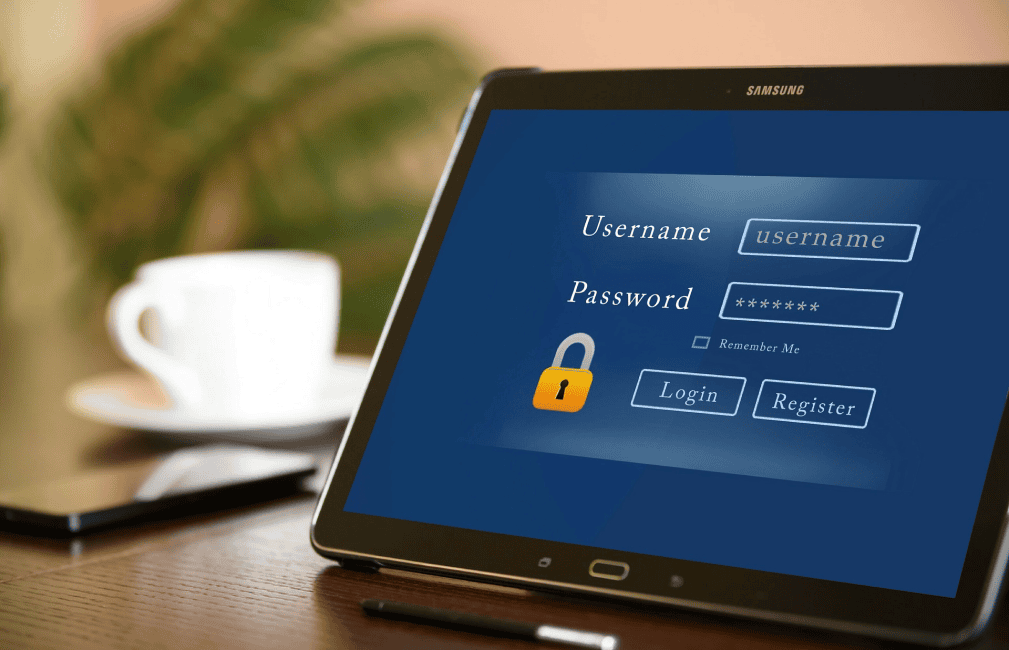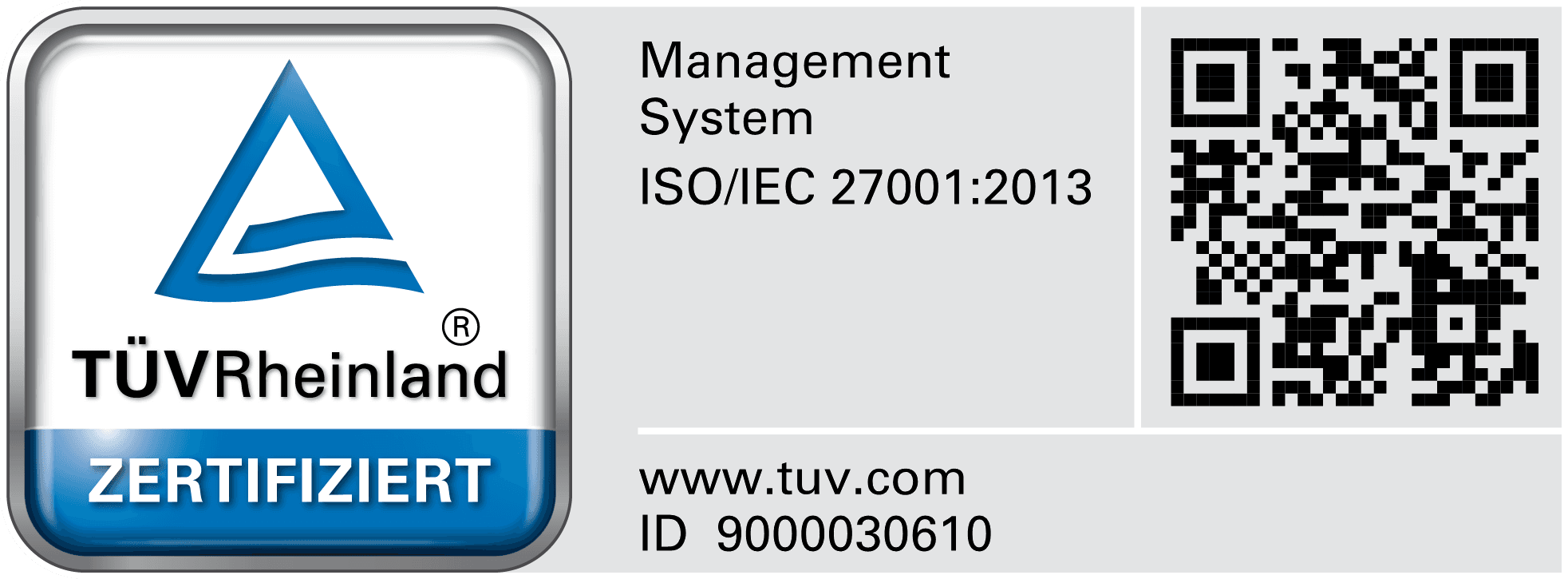[Blog Post]
DORA Compliance Made Easy: Your Key to Digital Resilience
Everything You Need to Know About DORA: Objectives, Challenges, and How to Prepare for the New Requirements.
5. September 2024


Digital Operational Resilience Act (DORA) is a groundbreaking regulation by the European Union aimed at strengthening the digital resilience of financial institutions. Given the growing dependence on digital technologies and the increasing threats from cyberattacks, DORA represents a crucial step in ensuring the security and stability of the European financial system. In this article, we will explore DORA in detail, including its origins, objectives, challenges, specific measures, and other relevant aspects that businesses need to consider when implementing it.
What is DORA and When Does it Come Into Effect?
DORA was adopted by the European Union in December 2022 and will come into effect on January 17, 2025. This regulation applies to the entire EU financial sector and aims to ensure that all involved parties have the necessary digital resilience to effectively defend against and manage IT disruptions and cyberattacks.
Who is Affected by DORA?
DORA affects a wide range of financial actors, including:
- Credit institutions and banks
- Insurance companies
- Securities firms
- Payment service providers
- Pension fund managers
- Crypto service providers
- Financial market infrastructures (e.g., stock exchanges)
- Third-party ICT service providers, including cloud service providers and data processors
These companies must ensure that their digital systems and processes comply with the regulation's requirements to enhance their resilience to IT-related threats.
Objectives and Challenges of DORA
Main Objectives of DORA
DORA pursues several key objectives:
- Strengthening Digital Resilience: Financial institutions should enhance their ability to defend against IT disruptions and cyberattacks and recover quickly.
- Harmonization of Security Standards: The regulation sets uniform security standards for the entire EU financial sector to create a consistent and robust security infrastructure.
- Promoting Transparency and Information Exchange: DORA aims to improve the exchange of information about cyber threats and security incidents between financial institutions and regulatory authorities.
Challenges in Implementation
Implementing DORA presents several challenges for financial institutions:
- Complexity of Requirements: DORA requires extensive adjustments to IT security infrastructure, which can be particularly challenging for smaller organizations.
- Costs and Resources: Complying with DORA’s requirements may necessitate significant investments in technology, training, and new processes.
- Change Management: Adapting to the new requirements may require significant changes to organizational structure and processes, potentially encountering resistance within the company.
Specific Measures for DORA Compliance
To comply with DORA, financial institutions must take several measures covering both technical and organizational aspects.
1. ICT Risk Management
A central element of DORA is the management of risks related to information and communication technology (ICT).
- Risk Assessment: Institutions must conduct regular and systematic risk assessments to identify and evaluate potential vulnerabilities in their IT systems.
- Risk Mitigation: Based on these assessments, appropriate measures must be implemented to mitigate identified risks. This may involve implementing security software, encrypting sensitive data, or improving network architecture.
2. Reporting IT Incidents
DORA requires financial institutions to report severe IT incidents to the relevant supervisory authorities within 24 hours.
- Incident Management: Companies must establish an effective incident-response management system to ensure that IT incidents are detected, reported, and managed promptly.
- Reporting: Reports must contain detailed information about the nature of the incident, the affected systems, and the actions taken in response.
3. Continuous Monitoring and Testing
Monitoring and regularly testing IT systems are further key components of DORA.
- Stress Tests: Institutions must conduct regular stress tests to assess the resilience of their IT systems under extreme conditions.
- Penetration Tests: Penetration tests are also required to identify and address vulnerabilities in the IT infrastructure.
4. Third-Party Management
DORA places significant emphasis on managing third-party providers that deliver IT services to financial institutions.
- Due Diligence: Before collaborating with third parties, institutions must assess their ability to meet security requirements.
- Contractual Design: Contracts with third-party providers must include clear IT security requirements, with provisions for regular audits and reports on compliance with these standards.
5. Business Continuity and Recovery Plans
DORA requires financial institutions to develop robust business continuity plans (BCPs) and recovery strategies.
- Emergency Plans: These plans should include detailed instructions on how to maintain or rapidly restore business operations in the event of an IT outage or cyberattack.
- Regular Testing: The effectiveness of these plans must be regularly tested through simulations to ensure they work in practice.
6. Awareness and Training
Raising awareness among employees about IT security is a crucial factor in DORA compliance.
- Training Programs: Companies should offer ongoing training programs to ensure all employees are informed about the latest security practices and requirements.
- Awareness Campaigns: Awareness campaigns can help foster a security-conscious culture throughout the organization and reduce the likelihood of human errors.
The Critical Role of Identity and Access Management (IAM) in DORA
A key element of DORA is ensuring that only authorized individuals have access to critical IT systems and sensitive data. Identity and Access Management (IAM) plays a crucial role here. IAM encompasses all measures and technologies aimed at managing user identities and controlling access to systems and data. In the context of DORA, the following aspects are particularly important:
1. Access Control and Management
IAM systems enable institutions to implement stringent access controls. By defining user roles and permissions, companies can ensure that employees only have access to the data and systems necessary for their work. This significantly reduces the risk of insider threats and unauthorized access.
-
Role-Based Access Control (RBAC): IAM solutions support the implementation of role-based access control, where specific rights are assigned to each user. This ensures a clear separation of duties and prevents individuals from having unlimited access to sensitive areas.
-
Multi-Factor Authentication (MFA): DORA requires a high level of security, which institutions can achieve by implementing MFA within their IAM systems. By combining multiple authentication factors, access to systems is further secured.
2. Monitoring and Auditing
IAM systems also play a crucial role in monitoring and auditing access activities. Under DORA, institutions must be able to continuously monitor and document access to their IT systems.
-
Access Activity Logging: IAM systems capture and log all access attempts and activities, enabling institutions to generate detailed reports when needed. These reports are essential for DORA compliance as they provide a thorough analysis and traceability in the event of a security incident.
-
Regular Audits: Institutions should conduct regular audits to ensure that access controls are functioning properly and meet DORA’s requirements. IAM systems can support these audits through automated reporting features and audit trails.
3. Automation and Efficiency Improvements
Modern IAM solutions not only increase security but also improve efficiency in managing access rights.
-
Automated Provisioning: IAM systems enable automated provisioning and de-provisioning of user accounts based on predefined policies. This ensures that new employees are immediately assigned the appropriate access rights and that former employees no longer have access to company systems.
-
Quick Adaptation to New Requirements: Given the constant evolution of DORA, institutions must be able to quickly adjust their IAM systems to meet new regulatory requirements. Modern IAM solutions offer the flexibility to implement changes in access policies efficiently.
4. Integration with Other Security Measures
IAM should not be viewed in isolation, but as an integral part of a comprehensive security strategy.
-
Integration with SIEM Systems: By integrating IAM systems with Security Information and Event Management (SIEM) solutions, institutions can gain a holistic view of their security posture. This integration helps detect unusual access activities in real time and take immediate action.
-
Collaboration with Third Parties: As part of DORA, IAM systems must integrate effectively with third-party IT systems to ensure consistent security standards. This includes the secure management of access rights for external service providers.
Other Important Considerations
In addition to the measures already mentioned, there are further aspects to consider in DORA implementation:
1. Cooperation with Supervisory Authorities
Cooperating with the relevant supervisory authorities is essential to ensure that all DORA requirements are correctly interpreted and implemented. Financial institutions should proactively engage with authorities to clarify any ambiguities and ensure their security measures are compliant.
2. Adaptation to Future Developments
DORA is a dynamic regulation that adapts to the constantly evolving threat landscape. As a result, institutions must be able to continuously review and adjust their security strategies to meet future requirements. This requires a flexible IT infrastructure and continuous monitoring of regulatory developments.
3. International Context
As many financial institutions operate globally, they must also consider international regulations. DORA ensures that institutions within the EU meet high security standards, but it is equally important that these standards are adhered to outside the EU to maintain a consistent global IT security strategy.
Conclusion
The Digital Operational Resilience Act (DORA) marks a significant step toward a safer and more resilient digital financial landscape in the European Union. With its coming into effect on January 17, 2025, all affected companies must take extensive measures to strengthen their IT systems and processes and adapt to new requirements. While DORA compliance is a challenging task, it also provides the opportunity to significantly improve digital resilience, strengthen trust in financial markets, and elevate security standards across the industry.
A crucial aspect of DORA implementation is the selection of a reliable Identity and Access Management (IAM) and Multi-Factor Authentication (MFA) provider. This is where Bare.ID comes into play. As a provider of a modern IAM solution focused on digital sovereignty, Bare.ID offers the ideal foundation for meeting the high security requirements of DORA.
Bare.ID ensures that all sensitive data and access rights are stored and processed within the EU, guaranteeing compliance with strict European data protection standards. The platform supports comprehensive Multi-Factor Authentication (MFA), which optimally secures access to IT systems, as well as role-based access control (RBAC), which provides precise management of rights and protection against unauthorized access.
Thanks to the high flexibility and scalability of Bare.ID solutions, institutions can quickly and efficiently adapt their IAM systems to meet the growing requirements of DORA. With Bare.ID as a partner, companies not only ensure a solid foundation for DORA compliance but also secure a long-term solution that strengthens their digital resilience and elevates their security infrastructure.
Disclaimer: Bare.ID provides informational guidance on DORA to the best of its knowledge and does not offer legal advice. For legal consultation, please consult your legal advisor.
Ähnliche Artikel

EU NIS 2 – Why All Industries Should Take Action Now
EU NIS 2 - What's Changing and Why Should All Industries Take Action Now?

Cybersecurity 2024: Focus Areas in Login and Authentication
Discover the future of cybersecurity with Bare.ID: Passwordless Authentication, Zero Trust, and Data Sovereignty take center stage among the cybersecurity trends of 2024.

Password manager vs. single sign-on: finding the right solution
The advantages and disadvantages of the two tools in terms of secure login processes and user-friendliness.
Member of





Get in touch
Request a non-binding consultation now and discover how Bare.ID can be integrated into your IT environment.
Software comparison
Contractual & Compliance
About Bare.ID
Newsletter
Sign up for our newsletter to stay updated.
I agree to receive further information and news from Bare.ID. For more information, please see our Privacy Policy.
Bare.ID represents user-friendly Identity & Access Management in the cloud. With Bare.ID, digital business processes and applications can be connected to a local user directory, benefiting from centralized security and Single Sign-On. Whether On-Premise, Hybrid, or Cloud, Bare.ID offers a multitude of pre-configured integrations. 100% security, Made in Germany.
Bare.ID's offerings are exclusively intended for business customers in accordance with §14 BGB. All prices are to be understood as net prices, plus applicable VAT at the time of billing.
Bare.ID is a product and registered trademark of Bare.ID GmbH - an AOE Group company © 2024 - All rights reserved.
